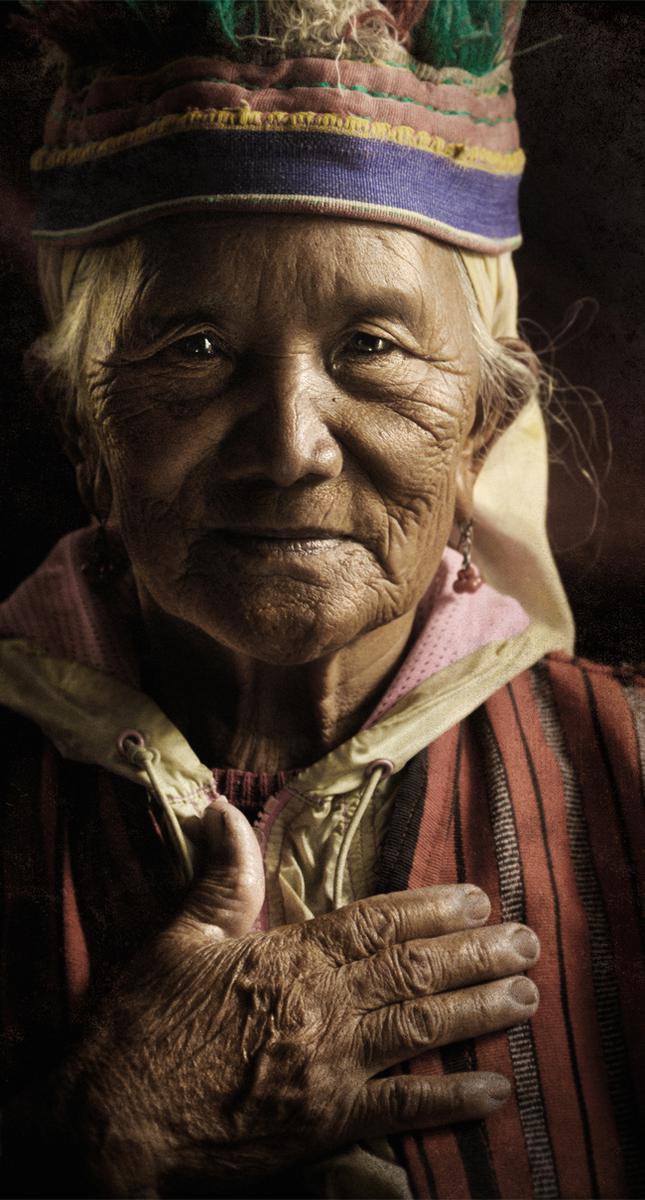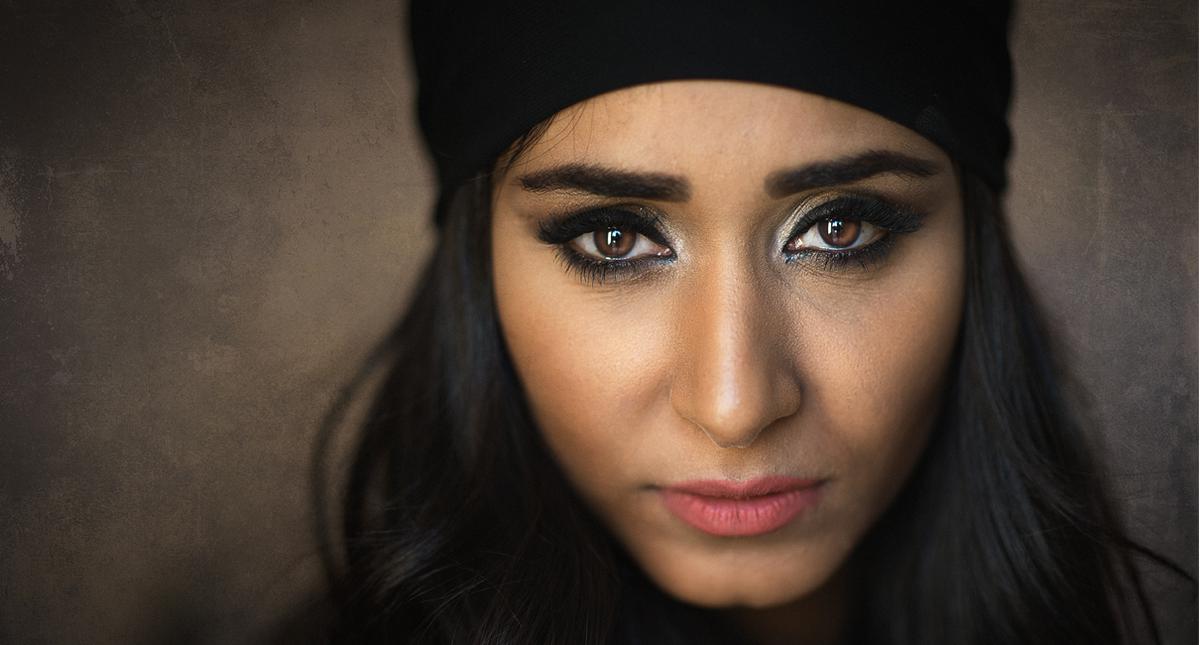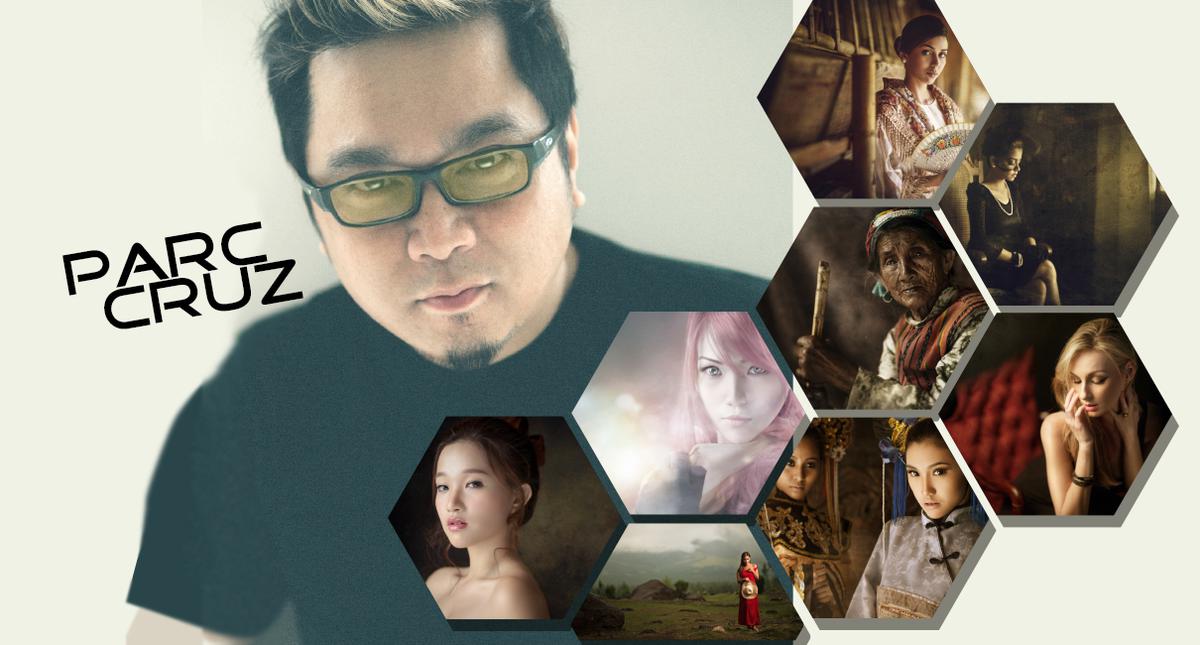Photography has the capability to tell a story—to capture emotion, action and situation. For Parc Cruz, the proverbial thousand words that a photograph can paint is one of the most important features of the craft.
From hobby to lifelong passion
Cruz went into photography a bit late. He began getting into it as a hobby around 2005 as a way to deal with stress from work. “I needed an outlet where I can just simply enjoy doing something and I eventually developed from those.”
Before going into photography, he originally wanted to paint. To him, perhaps, there was an underdeveloped artistic side that he left untapped from his childhood. However, upon deciding which medium to take up, he leaned towards digital photography which was then only starting to appear in the consciousness of Filipinos. As a self-confessed techie, it seemed to be easier to get into.
He never received any formal training. Instead, he started taking photographs every day with just a point-and-shoot camera to learn the basics of photography and to move up from there. “My family were my first critics, who provided input on my work and how I improved, if at all.”
To improve himself he began studying the works of foreign and local photographers that he looked up to. He also took up inspiration from watching films, gaining visual inspiration from the cinematography.
Stories as seen from the lens
Cruz’s photography has brought him to many places. He has traveled through parts of the country less known to tourists. “I’ve met tribesmen, which was eye-opening. I’ve gone to parts of Zamboanga that you don’t get to see or read in travelogues. I’ve been stuck in a small island during a storm in one of my travel shoots,” he recalls.
Photos taken from travels bring with them stories captured or uncaptured by the lense, and for Cruz, storytelling is very important in taking photos, portraits or otherwise. He remarks: Whether you’re shooting landscape, human interest, still life—do your best capture a story. If you’re aiming to take a snapshot or postcard-worthy photo, why not transcend this and aim to tell a story?”
Cruz does landscape photography, still life, and other forms of photography, but he feels most comfortable with portraiture.



Shared from experience
Parc Cruz uses both a Nikon D4 and a D4s to take photographs. He carries an 85mm lens for portraits, and a 24-120mm F4 lens for utility. But to him, cameras do the same thing and choosing one is a matter of preference in terms of user experience and the type of subjects a photographer is interested in.
“It’s also a matter of convenience,” he adds, “I mean, if I have a group of friends who are Nikon users, then I would also be owning a Nikon myself, because then we can share lenses, talk about the quirks of using our gear—things that hobbyists usually do.”
He also thinks that people tend to think that photography is an expensive thing to get into, but it doesn’t have to be. Of course, certain types of photography will warrant more expensive equipment like underwater photography, since having the right gear for the situation should cost more.
When taking photos, Cruz thinks it’s better to really understand the basics. “First read and understand the manual of your camera. When you already know how to control your camera, then it will make taking photos easier.”
For him, taking photos needs a large amount of patience, from getting the lighting right to finding the right angle. He says it also wouldn’t hurt to have a good concept prepared before the shoot, and whether it’s portrait or still life, one should do his/her best to capture a story.
Criticism is a great tool to help one’s self grow as a photographer. “Be ready for critics, which the internet will never run out of. It’s one way of improving your work,” Cruz said.
Not having a good eye for aesthetic elements of a photograph is not the end of the world. There is always time to acquire that through constant practice. And according to him, if there are things that need improving, post-processing will be able to help with that.
Cruz is a proud user of photo-manipulating software. He believes that processing photos can set them apart from the rest. “A beautiful photo is one thing, a different photo is something else.”
He adds that photography and the presence of such post-processing techniques complement other art forms as in mixed media and works to open up more possibilities for an artist to create new and exciting pieces.
Currently Parc Cruz dabbles in travel photography and represents Nikon Philippines. He has previously done several photo exhibits and his photos have been released through different publications.
At the moment, he focuses more on teaching photography and post-processing through classes handled by The Workshop Group which arranges workshops around the country.
Also published in September Issue 2016
Words by Robby Vaflor
Photography by Parc Cruz
